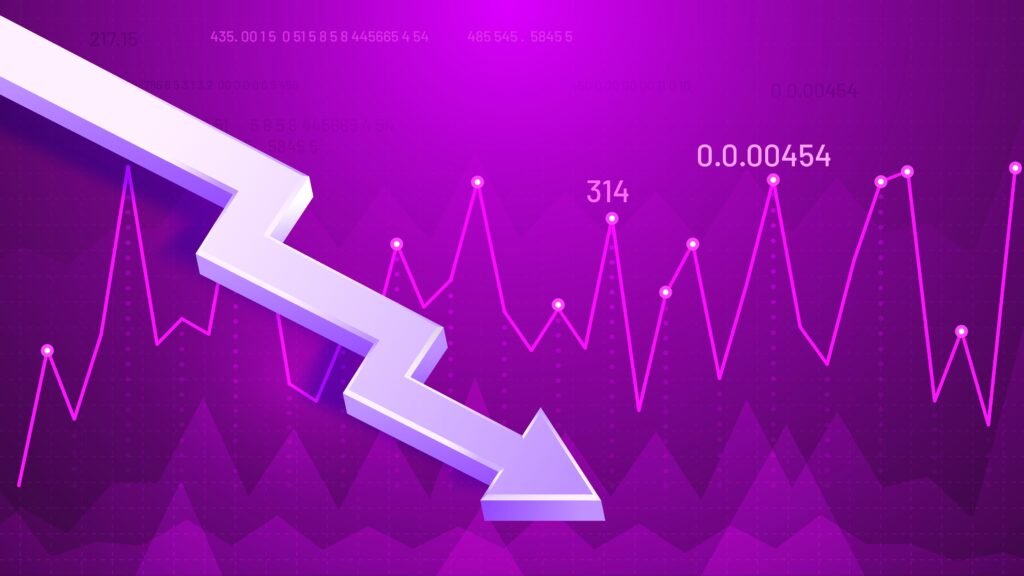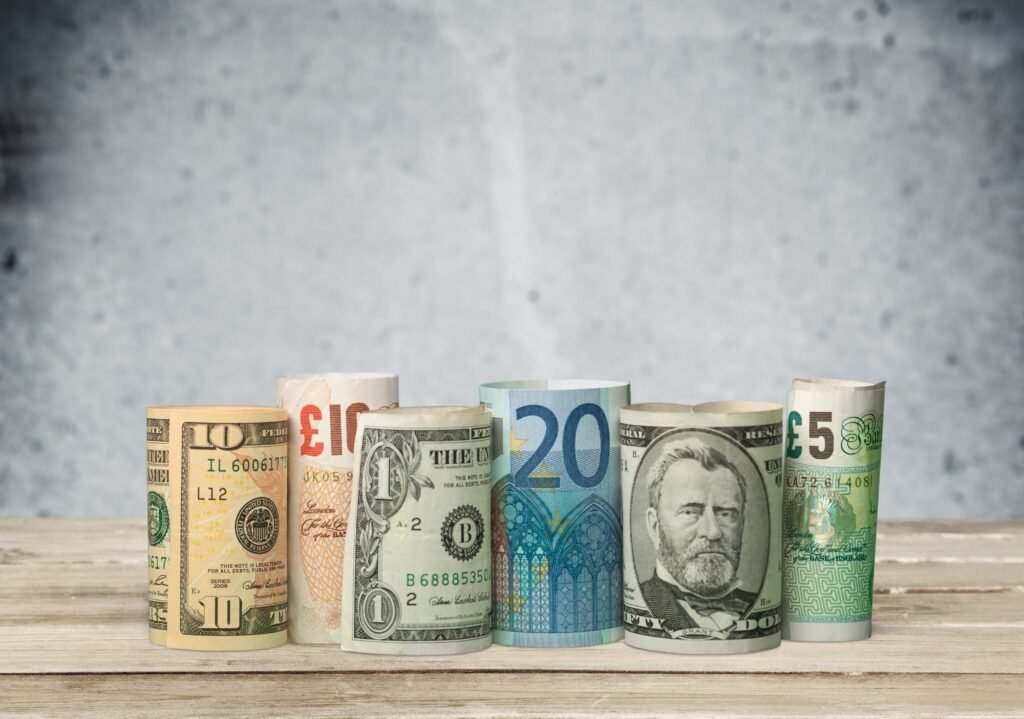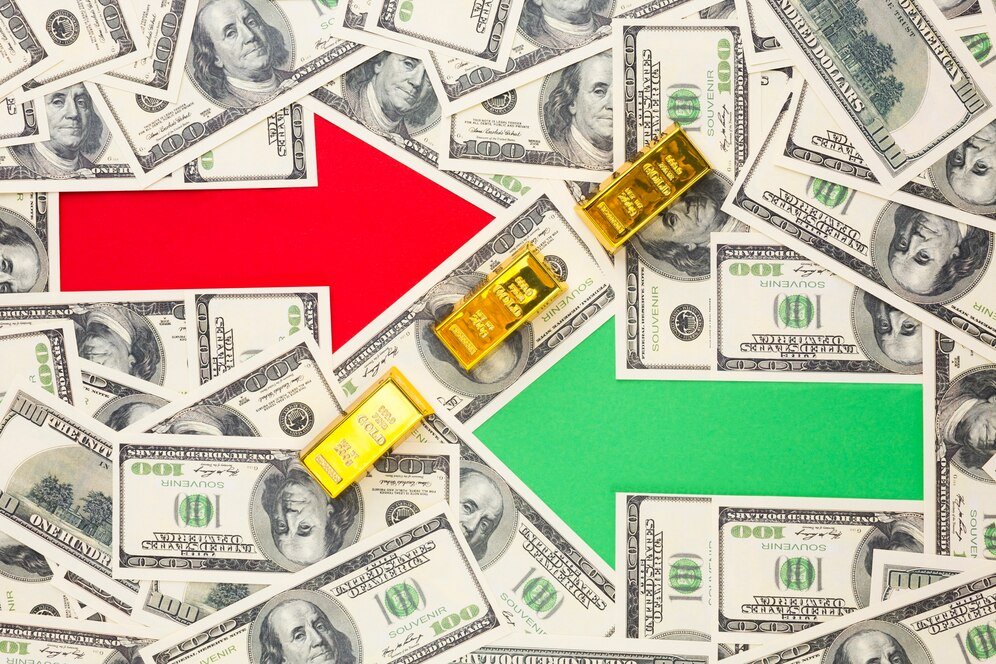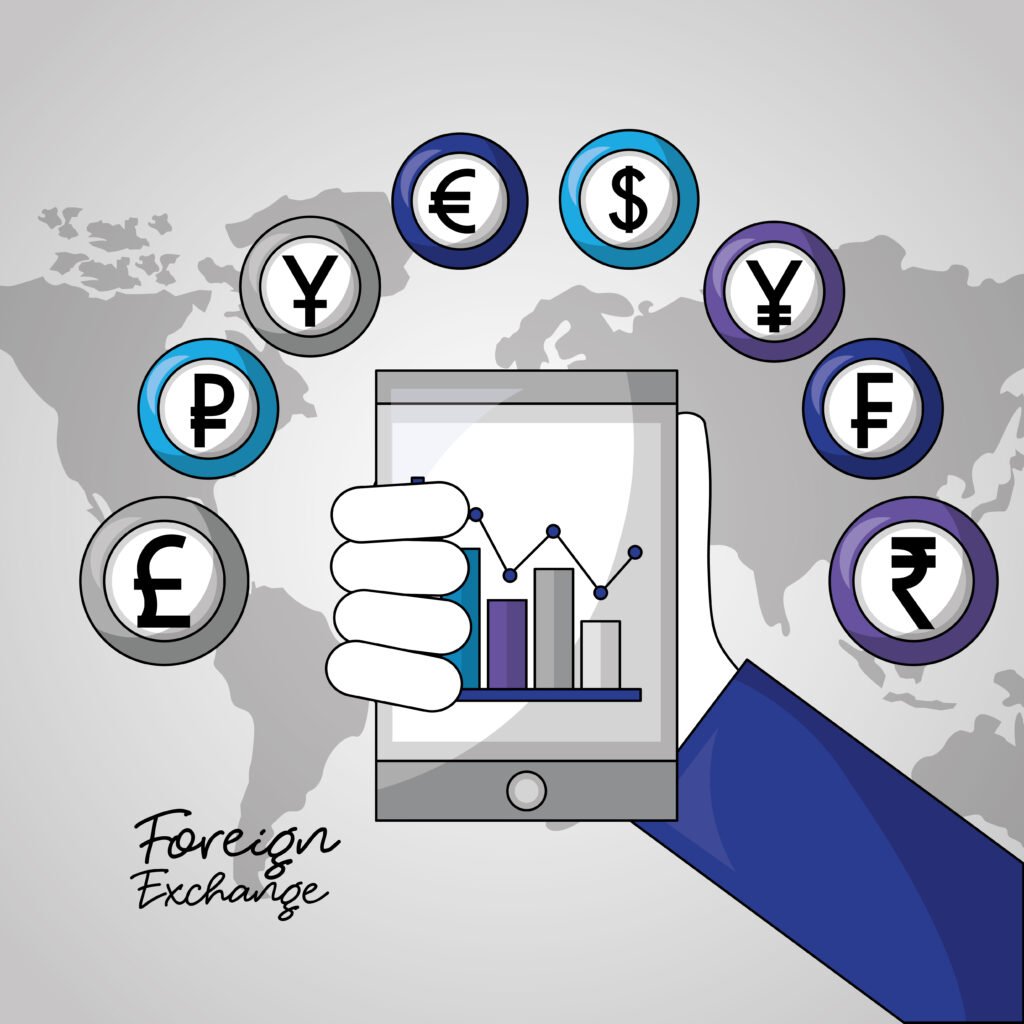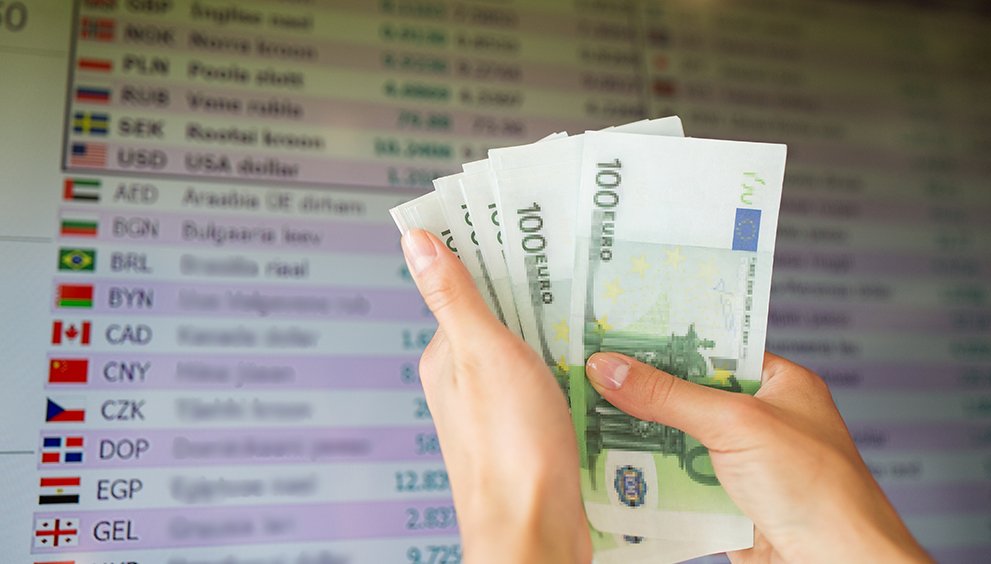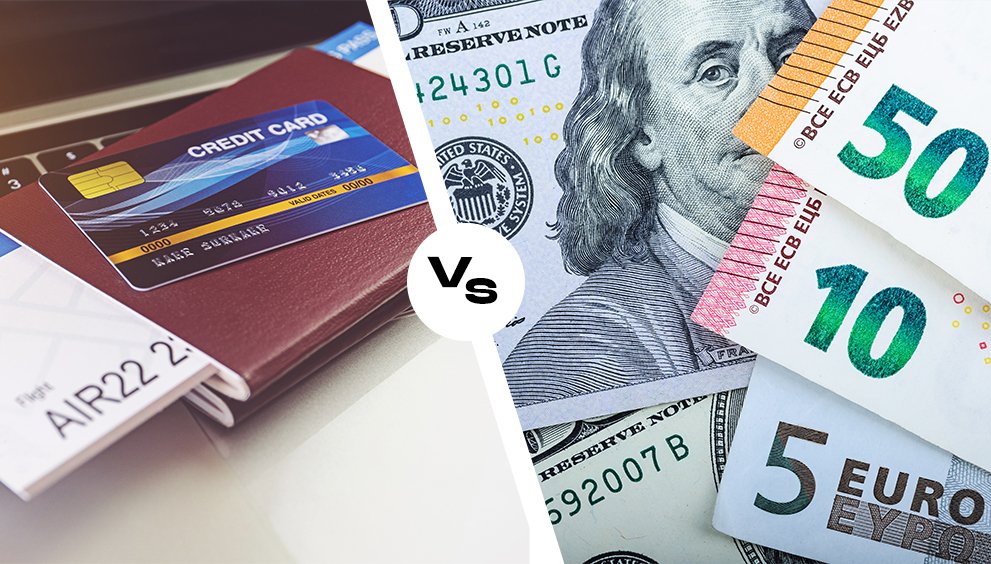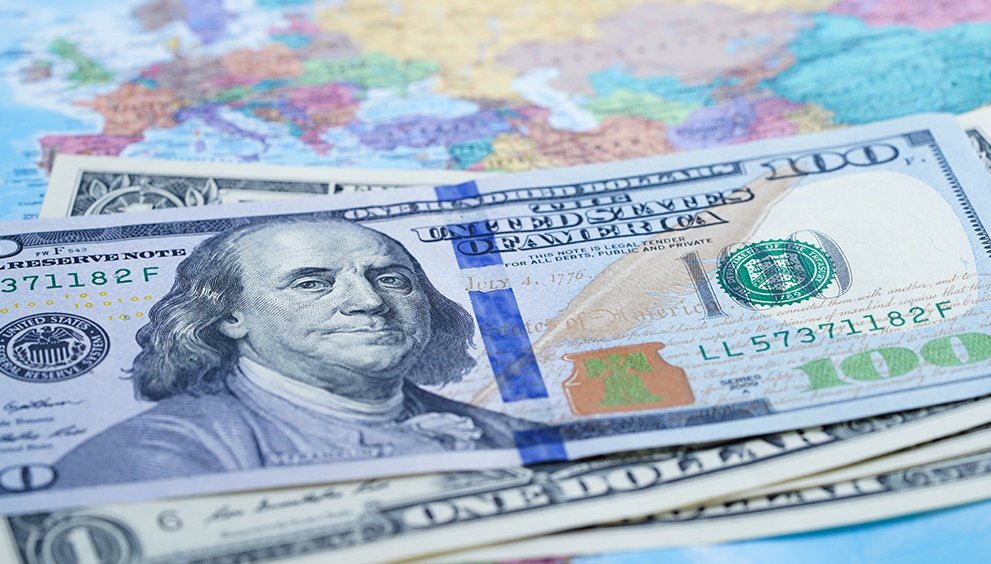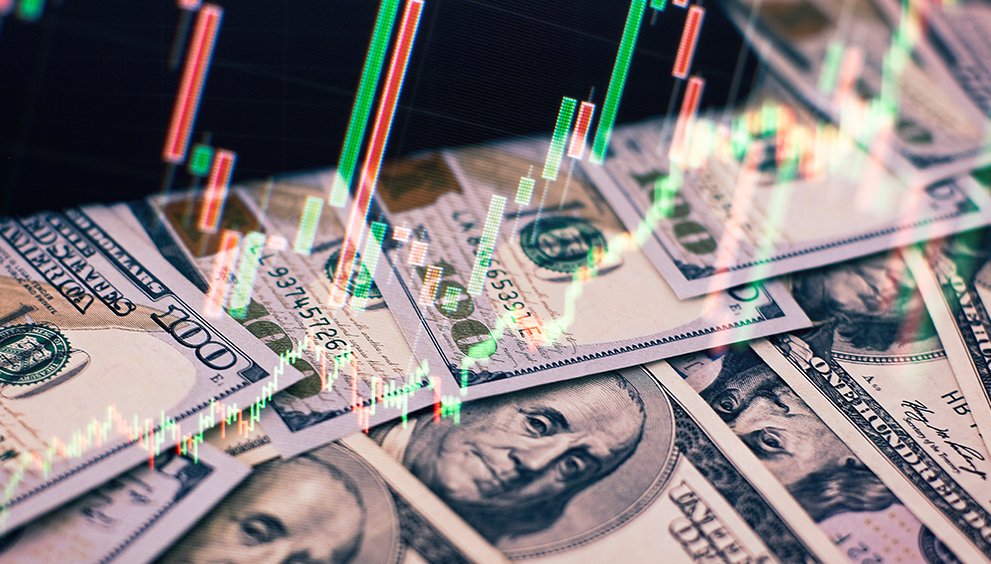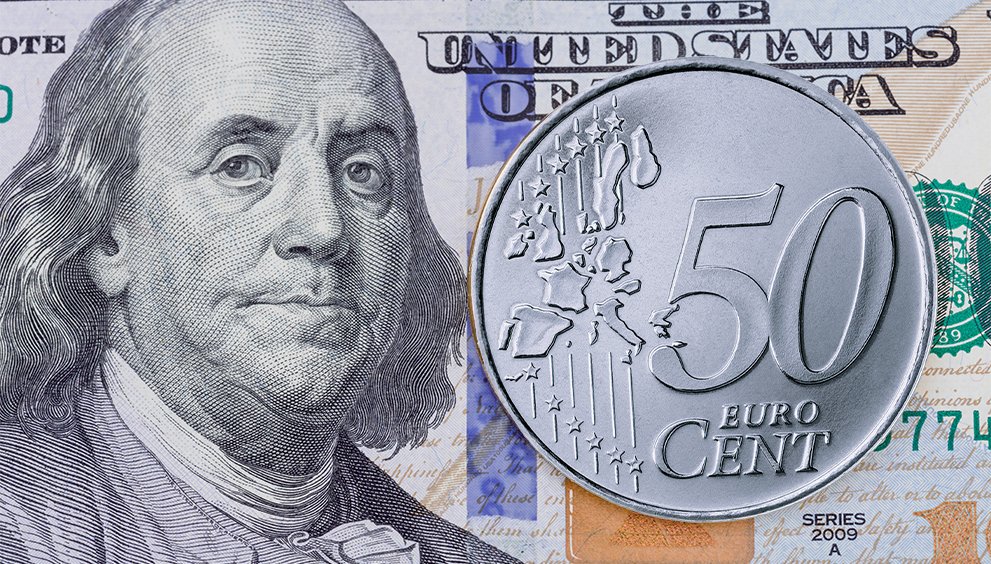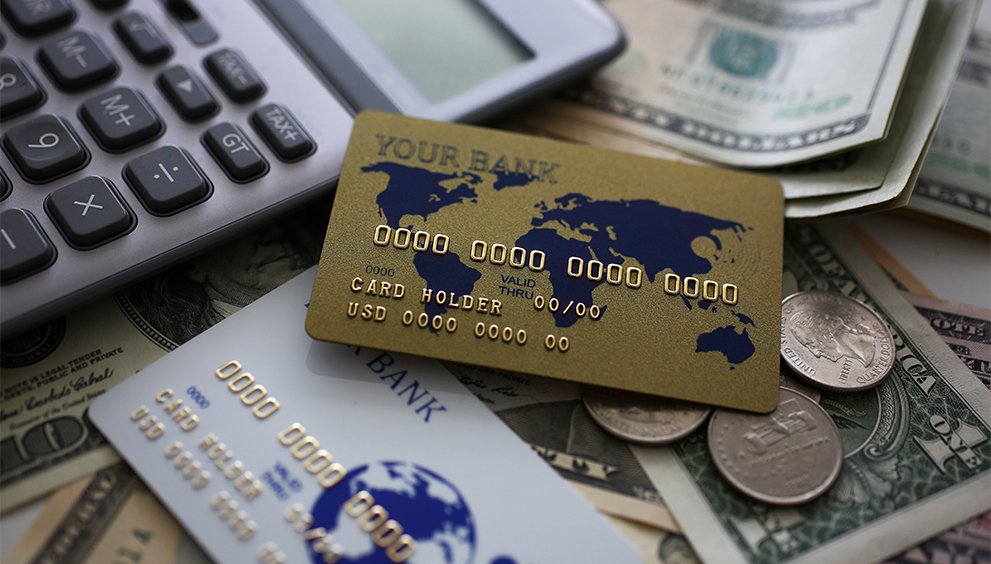GBP/JPY Tumbles as BoJ Holds Rates Steady
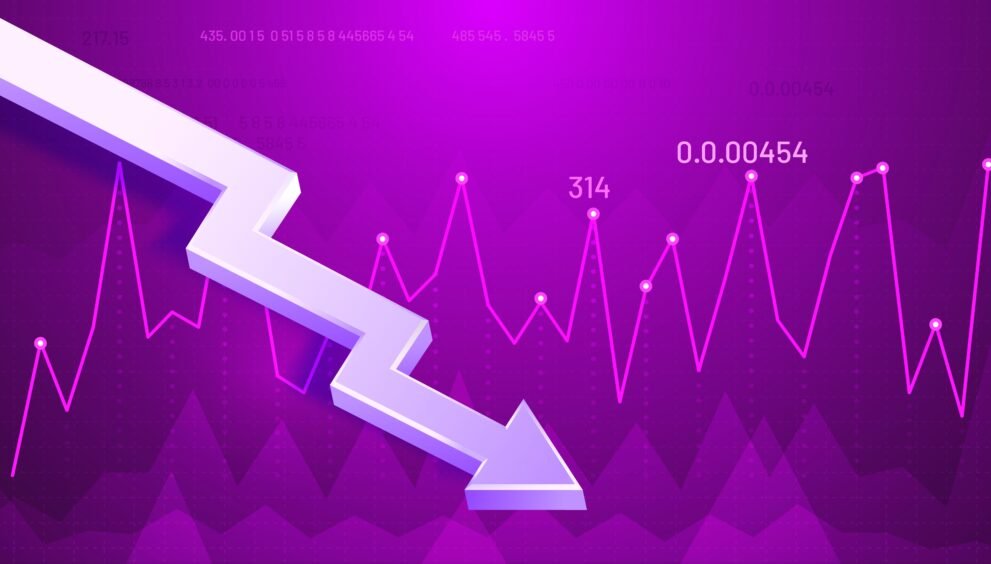
GBP/JPY Tumbles as BoJ Holds Rates Steady
GBP/JPY weakened near 198.44, following the Bank of Japan (BoJ) decision to keep the short-term interest rate target unchanged in the range of 0.40%–0.50% at its July meeting, matching the broader market sentiment. During the post-meeting press conference, BoJ Governor Kazuo Ueda minimised inflation risks and indicated no immediate plans to raise interest rates. He mentioned that Japan’s economy is recovering steadily and that the US-Japan trade agreement helps reduce economic uncertainty. Ueda added that the BoJ will review upcoming data without preconceived notions and will make appropriate decisions at each meeting. Additionally, the BoJ revised its Core CPI forecast to +2.7% for fiscal year 2025, up from +2.2%. The bank also reaffirmed that it will continue to increase the policy rate if economic conditions and inflation align with forecasts, keeping the possibility open for a rate hike by year’s end. Japanese Finance Minister Katsunobu Kato on Friday expressed concern over foreign exchange (FX) movements, including those influenced by speculators. Kato further stated that he will need to closely monitor the impact of US tariffs on exports.
Furthermore, S&P Global’s Japan Manufacturing PMI was confirmed at 48.9 for July, slightly above the initial estimate of 48.8. This indicates that Japan’s manufacturing sector entered contraction again after a brief stabilisation in June. However, the survey data was collected before the Japan-US trade agreement was announced last week, which reduced tariffs from 25% to 15%. Additionally, business confidence reached a six-month high in July, but this did little to boost the JPY bulls. Japanese Economy Minister Ryosei Akazawa stated on Friday that the government recognises the Bank of Japan’s (BoJ) decision to keep interest rates unchanged at its July meeting held on Thursday. Akazawa highlighted that policymakers proceeded cautiously due to persistent uncertainties in both the domestic and global economies.
Investors are watching the Bank of England’s upcoming monetary policy decision closely, aiming to gain insights into the pound’s future direction. Expectations indicate that the BoE will reduce interest rates by 25 basis points to 4% and likely signal a pause afterwards, as inflation remains significantly above the 2% target. In June, the UK’s CPI increased to 3.6% year-on-year, exceeding predictions and the prior rate of 3.4%. Meanwhile, UK house prices showed a small rise in July, with the Nationwide House Price Index reporting a 2.4% annual growth rate – up from 2.1% in June. Additionally, weakening labour market signals, such as declining payrolls, rising unemployment, and slower wage growth, have heightened the expectation that the central bank may need to act sooner rather than later.
In the upcoming sessions, negotiations on UK-US trade deals and the Bank of England’s (BoE) interest rate decision will influence the GBP/JPY exchange rate.
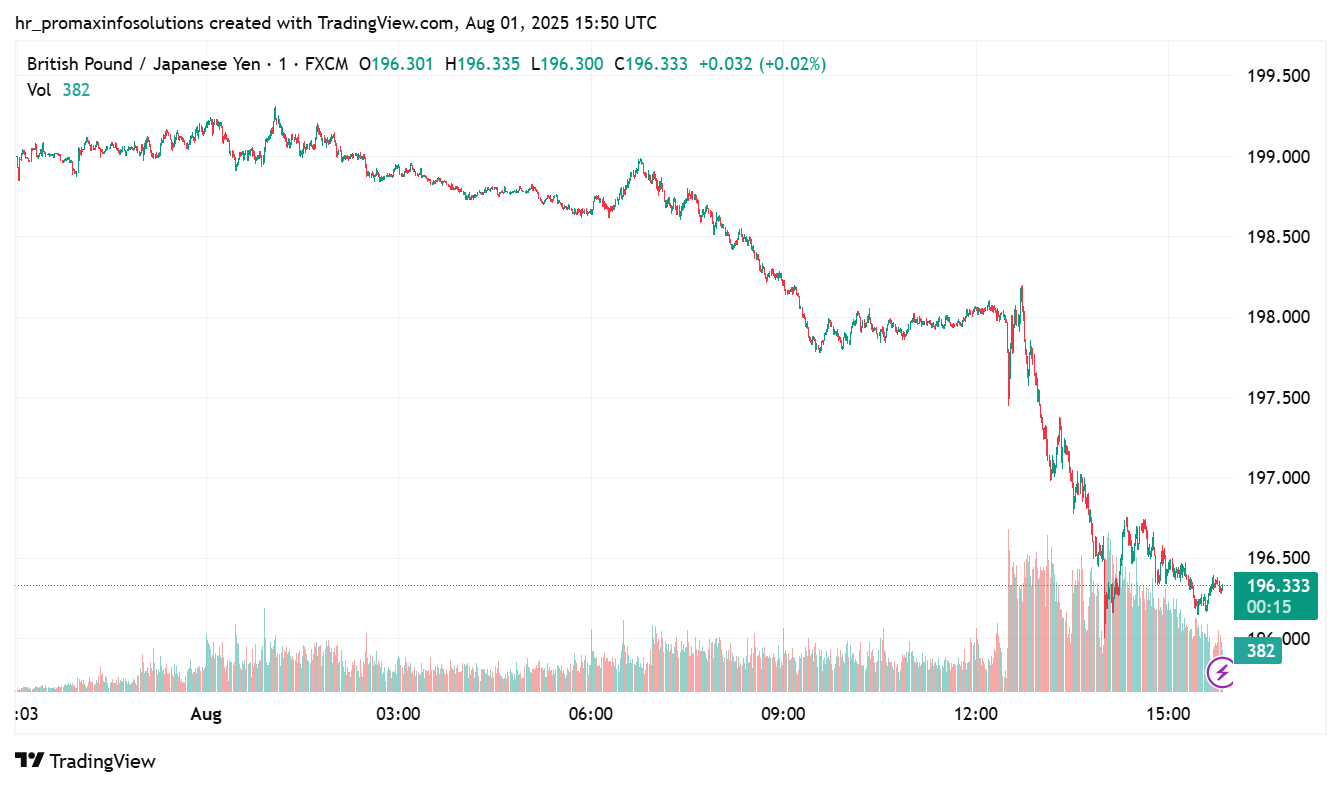
NZD/USD Subdued Ahead of US Nonfarm Payrolls
The NZD/USD sank to 0.5868 as the New Zealand Dollar softened due to escalating trade tensions between the United States (US) and China. On Thursday, US President Donald Trump announced a baseline tariff rate of 10%, rejecting earlier suggestions to raise it to 15% or higher. However, trade tensions are again making headlines as a senior US official stated that no final decision has been made regarding trade with China. This tariff uncertainty is expected to weaken the China-related Kiwi in the short term, given China’s status as a major trading partner of New Zealand. US Treasury Secretary Scott Bessent, in a Thursday interview, expressed optimism about reaching a trade deal with China as an important tariff deadline approaches. He stated, “I believe that we have the makings of a deal.” He added, “There are still a few technical details to be resolved on the Chinese side, but I am confident it will be finalised – though it’s not 100% certain yet.” China’s Finance Minister Lan Fo’an mentioned on Tuesday that China will increase fiscal support to boost domestic consumption and counteract growing economic challenges. He highlighted that uncertainty around China’s development environment is increasing and that Beijing plans to implement more proactive fiscal policies to stabilise growth. Data released on Friday by Caixin Insight Group and S&P Global indicated that China’s Manufacturing Purchasing Managers’ Index (PMI) decreased to 49.5 in July, down from 50.4 in June. This was below the market expectation of 50.3. Meanwhile, China’s NBS Manufacturing PMI dropped to 49.3 in July from 49.7 in June, with a forecast of 49.7. Additionally, the NBS Non-Manufacturing PMI fell to 50.1 in July from 50.5 in June, also under the estimated 50.3.
On the greenback front, the hawkish remarks from the Federal Reserve (Fed) following the FOMC Policy meeting lent support to the US dollar. Fed Chair Jerome Powell said in a post-policy conference that the US central bank has “made no decisions” about a potential policy change in September, and it may take a bit to assess the effect of tariffs on consumer prices. US Gross Domestic Product (GDP) expanded at an annual rate of 3.0% for the April through June period. This figure followed the 0.5% contraction in the first quarter and came in stronger than the expectation of 2.4%.
On the trade front, US representatives announced a new deal with South Korea, in the same line as the ones with Japan and the EU. The lower trade uncertainty stemming from these agreements, plus the feeling that they are more favourable for the US than for its partners, is providing additional support for the US Dollar ahead of the August 1 deadline for Trump’s tariffs. President Trump signed an executive order on Thursday, imposing tariffs ranging from 10% to 41% on US imports from dozens of countries and foreign locations, including Canada, India, and Taiwan, which failed to reach the trade deal deadline, according to reports.
In the upcoming sessions, US-China trade talks, tariff jitters, and the US Nonfarm Payrolls (NFP) report will drive the NZD/USD exchange rate.
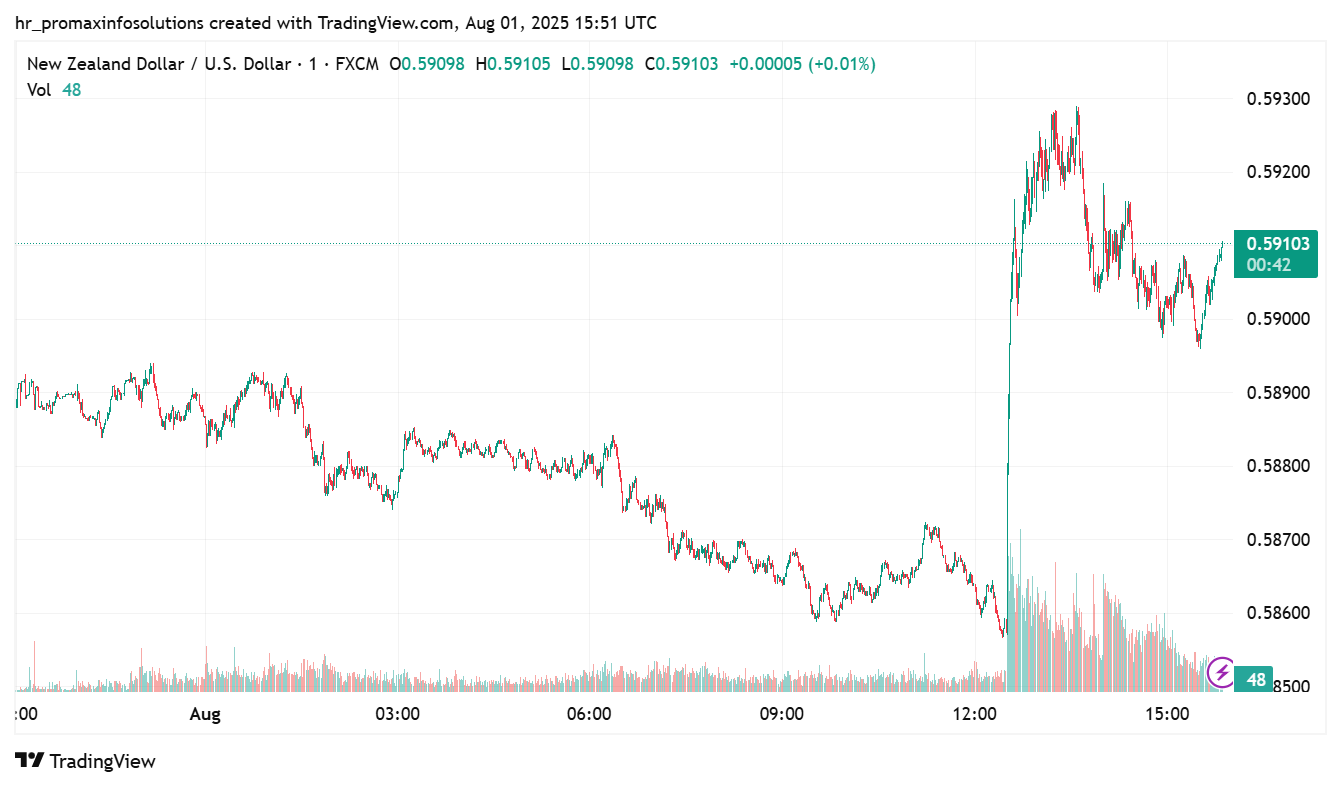
EUR/USD Hovers Ahead of Eurozone HICP Figures
EUR/USD struggled near 1.1416, as investors await the Eurozone Harmonised Index of Consumer Prices (HICP) data and US Nonfarm Payrolls (NFP) reports. Germany’s import prices decreased by 1.4% year-on-year in June 2025, a slight slowdown from May’s 1.1% decline but below the market forecast of a 1.6% drop. When excluding energy, import prices increased by 0.1% compared to the previous year, although they were 0.4% lower than in May. The prices for intermediate goods fell by 1.2%, and capital goods declined by 0.5% annually. Italy’s unemployment rate decreased to 6.3% in June from 6.5% in May, according to the national statistics bureau ISTAT, which reported a net gain of 16,000 jobs during the month. The youth unemployment rate, for those aged 15 to 24, declined to 20.1% from 21.5%. In the second quarter of 2025, Germany’s economy contracted by 0.1% after 0.4% growth in Q1, according to provisional data from Destatis released on Wednesday. Market expectations pointed to a 0.1% decline for this period. The annual GDP growth was 0.4% in Q2, up from no growth in the previous quarter, surpassing the projected 0.2%.
Additionally, German Retail Sales rose by 1.0% month-over-month (MoM) in June, following a revised 0.6% decrease in May, according to official Destatis data. The market expected a 0.5% increase. Yearly, retail sales grew by 4.9% in June compared to May’s revised 2.6%. France’s GDP grew by 0.3% in the second quarter, exceeding expectations of a steady 0.1%. Consumer spending in France also surpassed expectations in June, increasing by 0.6% versus the 0.1% decline forecast by the market. The Eurozone economy expanded by 0.1% in the three months ending in June 2025, after a 0.6% rise in the previous quarter. The HCOB Eurozone Manufacturing PMI was confirmed at 49.8 in July 2025, up from 49.5 in June, representing the slowest sector contraction since July 2022 and indicating a move towards stabilisation. The final German manufacturing PMI, compiled by S&P Global, increased slightly to 49.1 in July from 49.0 in June, just under the initial forecast of 49.2. Similarly, the S&P Global PMI for Spanish manufacturing rose to 51.9 in July from 51.4 in June, marking the third straight month of growth. Italy’s Manufacturing PMI also increased to 49.8 in July 2025 from 48.4 in June, surpassing expectations of 49.0. Italian retail sales grew by 0.6% in June compared to the previous month, following a 0.4% decline in May, and rose by 1.0% year-on-year in June, according to ISTAT.
On the other hand, the Fed kept its benchmark interest rate unchanged at the 4.25%-4.50% range, dampening hopes of further monetary easing. According to Chairman Jerome Powell, “we have a long way to go to really understand” the impact of Trump’s tariffs on the US economy and inflation. On Wednesday, preliminary data released by the US Commerce Department showed that the economy grew beyond expectations in the second quarter, providing further reasons for the Fed to wait longer for a more accurate assessment of the economic impact of tariffs.
Broader market sentiment regarding the Eurozone Harmonised Index of Consumer Prices (HICP) data and US Nonfarm Payrolls (NFP) will influence the EUR/USD exchange rate.
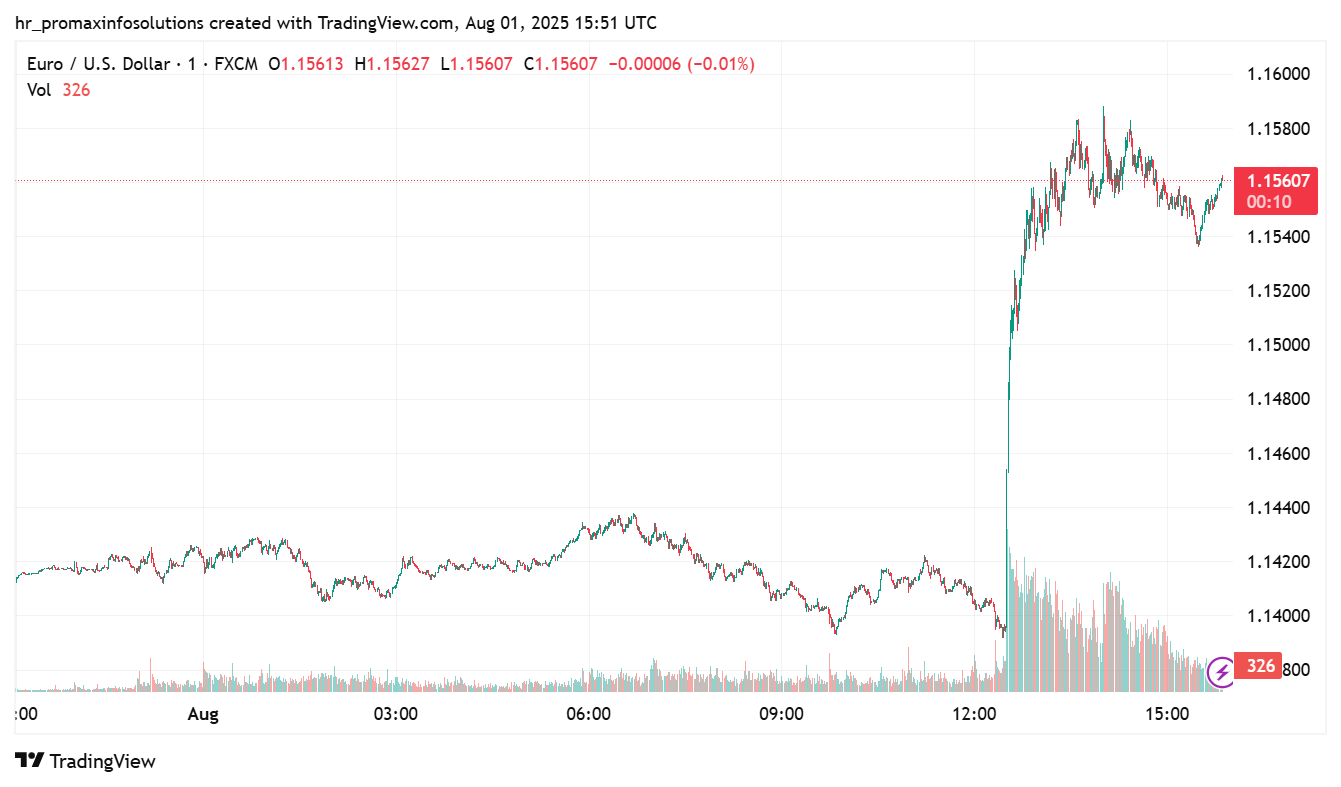
AUD/USD Weakens Ahead of US Nonfarm Payrolls
AUD/USD remains subdued near 0.6425, as mild risk aversion and more downbeat data from China are weighing on the risk-sensitive AUD. Australia’s Producer Price Index (PPI) increased by 0.7% quarter-over-quarter in Q2, falling short of the expected and previous 0.9% rise. The annual PPI grew 3.4% in Q2, down from 3.7%. Meanwhile, China’s Caixin Manufacturing PMI declined to 49.5 in July from 50.4 in June, below the forecast of 50.3. On Thursday, Australia’s Retail Sales increased by 1.2% in June month-over-month, compared to 0.5% in May (revised from 0.2%). The figure surpassed expectations of 0.4%. Retail sales rose 0.3% QoQ in Q2, up from 0.1% in Q1 (revised from 0%). Australia’s Building Permits, indicating the number of approved dwellings, jumped 11.9% MoM in June, exceeding the forecasted 2% rise and the revised 2.2% increase in May. This marked the second month of consecutive growth and the strongest since May 2023. Australia’s Consumer Price Index (CPI) grew 0.7% QoQ in Q2, below the 0.9% of Q1 and the projected 0.8%. Yearly, CPI inflation slowed to 2.1% in Q2, down from 2.4% and below the consensus of 2.2%. The June monthly CPI increased by 1.9% YoY, compared to 2.1% previously. The RBA Trimmed Mean CPI for Q2 rose 0.6% quarterly and 2.7% annually, with markets expecting 0.7% QoQ and 2.7% YoY growth in the same period.
Australia’s Trade Minister Don Farrell announced on Friday that the White House confirmed Australia has the lowest reciprocal tariffs of any country. This provides Australian products with a competitive advantage in the US, potentially increasing exports. “We will support all our exporters in seizing this opportunity to boost export volumes,” Farrell stated. US Treasury Secretary Scott Bessent expressed optimism on Thursday that the US and China may reach a trade agreement as a crucial tariff deadline approaches, saying, “I believe we have the ingredients for a deal.” He noted that some technical issues remain on the Chinese side but is confident they will be resolved. China’s Finance Minister Lan Fo’an also announced on Tuesday that China will enhance fiscal support to strengthen domestic consumption and counter rising economic challenges. He highlighted growing uncertainty about China’s development climate and said Beijing will implement more proactive fiscal policies to stabilise growth. In July, China’s NBS Manufacturing PMI fell to 49.3 from 49.7 in June, below the forecast of 49.7. The NBS Non-Manufacturing PMI decreased to 50.1 from 50.5 in June, also below the expected 50.3.
On the US dollar front, market sentiment remains subdued on Friday as US President Trump signed a new list of trade tariffs that will come into effect next week. Australian products will face a benign 10% levy, but the hefty 50% tariffs to China, Australia’s main trading partner, are expected to weigh on Australia’s trade-oriented economy. The market consensus anticipates a slowdown in job creation in July, with 110,000 new payrolls, from 147,000 in the previous month, and the Unemployment Rate ticking up to 4.2% from the previous 4.1%. The final figures will provide more cues about the Fed’s September meeting and are likely to boost USD volatility.
In today’s session, the US Nonfarm Payrolls report and US-China trade talks will be key drivers for the AUD/USD exchange rate.
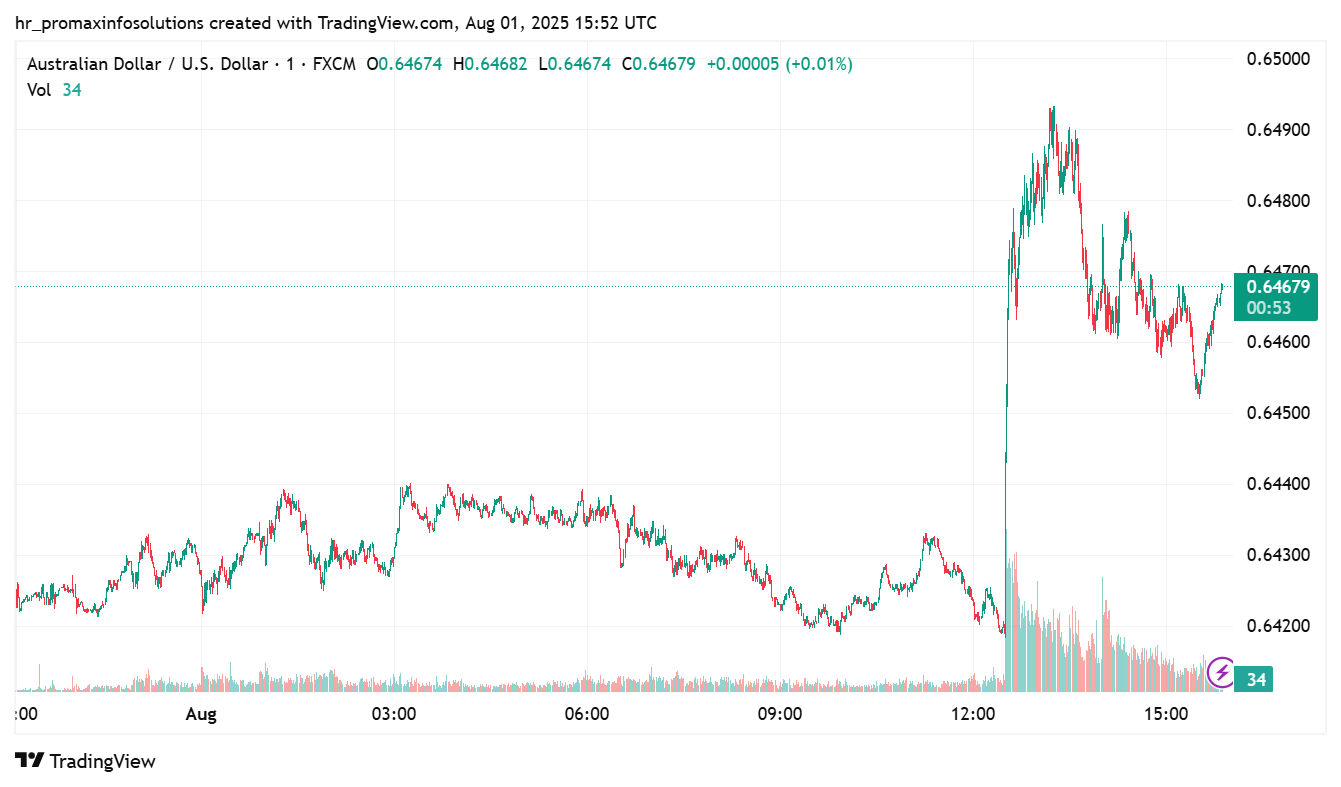


 English
English 







